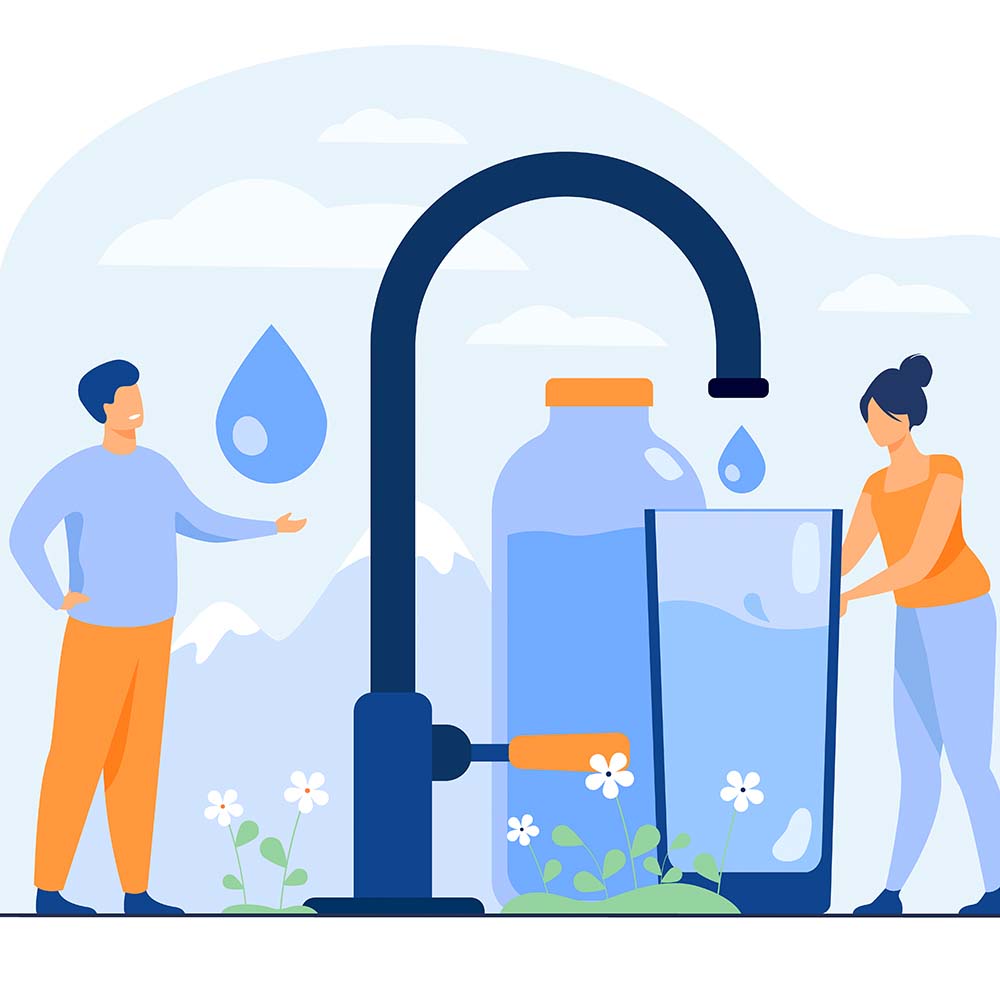Hippocrates, the father of medicine, once said that the dose makes the poison. The same logic applies to technology: its impact depends on how we use it. Antibiotics save lives, but fossil fuels damage our lungs; sterile packaging keeps food safe, yet plastics pollute our ecosystems. Fortunately, science and technology also offer solutions to reduce or prevent pollution altogether. In this article, we take a closer look at eight of the most promising innovations we have come across in recent years.
Tackling air pollution and carbon dioxide emissions
As we have seen, fossil fuels are a major contributor to respiratory disease in urban areas, not to mention greenhouse gas emissions and global warming. While the long-term answer lies in switching to renewables and adopting new consumption habits, there are also ways to mitigate existing damage.
1. Carbon sequestration systems
The best way to handle CO₂ is to prevent its release—but once it is in the atmosphere, we need ways to remove it. Carbon sequestration systems, like those being tested in Iceland, are one such solution. Another involves installing specialised filters in industrial chimneys. The captured CO₂ can then be repurposed as a raw material.
2. Photocatalytic paints
Can architecture help clean the air? Thanks to photocatalytic paints containing compounds like titanium dioxide, the answer is yes. These coatings break down pollutants such as atmospheric CO₂, offering a glimpse of buildings that actively purify the air around them.
3. CO₂-absorbing concrete
Buildings do not only have the potential to purify the air through smart coatings—they can also benefit from a new generation of environmentally friendly concrete. This material is capable of capturing carbon dioxide and even repairing its own cracks and fissures in the process. We explore this development in more detail in this article.
4. 3D-printed air quality sensors
Before solving a problem, it is essential to diagnose it correctly. This is where low-cost, flexible sensors come into play—devices that can be installed anywhere in a city. That is the idea behind the air quality monitoring systems we recently covered. These sensors are produced using 3D printing technology and programmed with open-source software, allowing anyone to install a monitoring device on their balcony or in a public space.

Innovations to fight soil pollution
Cleaning up contaminated soil or detecting high pollution levels early to avoid health risks are two complementary approaches to addressing land pollution. According to EU figures, some 2.8 million sites across the continent are affected.
5. Fungi that clean up soil hydrocarbons
Sometimes it is not necessary to rely on nanorobotics or other advanced technologies. Nature itself can provide allies in the fight against environmental degradation. One such example is the use of fungi, in a technique known as mycoremediation, which has been successfully tested to reduce contamination from hydrocarbons and other toxic substances in polluted industrial soils.
6. Prevent contamination of agricultural land
One of the major problems facing agricultural land and groundwater sources is nitrate pollution. This leads to a process known as eutrophication—the overgrowth of microalgae that depletes oxygen in the water, turning it into a death trap for aquatic life. However, a new generation of sensors is being developed to help farmers apply nitrogen fertilisers more efficiently, calculating the exact dosage required by each crop and thus preventing excess runoff.
Innovations for clean water and protecting oceans
Chemical substances such as PFAs and microplastics are some of the most pressing threats to the health of water ecosystems—whether oceans, rivers or underground aquifers. A range of technological approaches is now being used to combat water pollution, from preventing contaminants at source to direct intervention in affected areas.
7. Using bacteria to purify water more efficiently
Properly treating wastewater before it is discharged into the environment is a vital step towards a sustainable water cycle. One example is the Life CELSIUS project, which uses bacteria to purify water through anaerobic processes that do not require external energy sources. This system is particularly effective at eliminating nitrogen compounds and organic matter in regions with warm climates.
8. A household water recycling system
Water purification does not always require large-scale infrastructure. It is also possible to treat water at home, allowing it to be reused for irrigation and other non-potable uses. That is the concept behind Hydraloop, an innovative and compact system capable of reusing up to 85% of household water. It combines several advanced techniques, including sedimentation, aerobic bioreactors and ultraviolet disinfection.
If you would like to learn more about other technological innovations that help reduce environmental pollution, as well as new applications of renewable energy, we recommend subscribing to our newsletter using the form at the bottom of this page.








